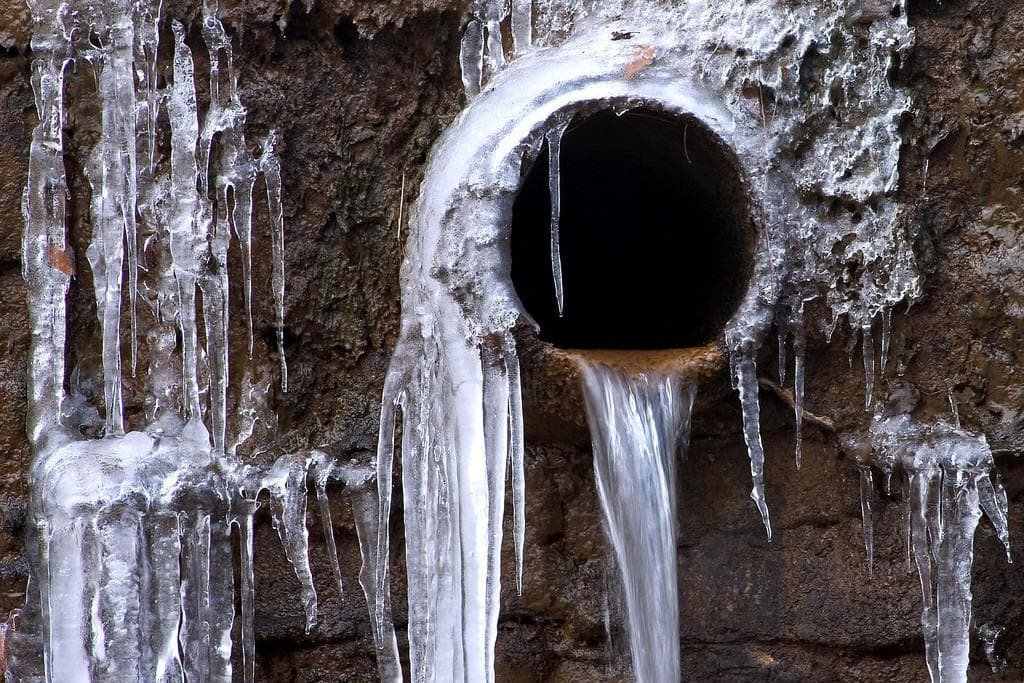Safeguarding Your Pipes from Freezing Issues: Essential Tips
Safeguarding Your Pipes from Freezing Issues: Essential Tips
Blog Article
We have come across this article about Helpful Tips to Prevent Frozen Pipes this Winter down the page on the internet and believe it made perfect sense to talk about it with you on this page.

Winter can wreak havoc on your plumbing, specifically by freezing pipes. Below's how to stop it from happening and what to do if it does.
Introduction
As temperatures decrease, the danger of frozen pipelines boosts, potentially bring about costly repair work and water damages. Recognizing exactly how to avoid frozen pipes is critical for home owners in cool climates.
Avoidance Tips
Insulating prone pipelines
Cover pipelines in insulation sleeves or utilize heat tape to safeguard them from freezing temperature levels. Concentrate on pipelines in unheated or exterior areas of the home.
Home heating strategies
Maintain indoor rooms appropriately warmed, specifically locations with plumbing. Open cupboard doors to enable cozy air to distribute around pipes under sinks.
Just how to determine frozen pipelines
Seek decreased water circulation from faucets, uncommon smells or sounds from pipelines, and noticeable frost on subjected pipes.
Long-Term Solutions
Structural changes
Think about rerouting pipelines far from outside walls or unheated locations. Add extra insulation to attic rooms, cellars, and crawl spaces.
Upgrading insulation
Purchase top notch insulation for pipelines, attic rooms, and walls. Correct insulation assists maintain consistent temperatures and reduces the danger of icy pipelines.
Securing Exterior Plumbing
Garden tubes and outside faucets
Detach and drain pipes yard pipes before winter season. Set up frost-proof spigots or cover outdoor taps with insulated caps.
Comprehending Icy Pipelines
What causes pipelines to ice up?
Pipelines ice up when exposed to temperatures listed below 32 ° F (0 ° C) for expanded periods. As water inside the pipes freezes, it expands, taxing the pipe walls and possibly causing them to break.
Threats and problems
Icy pipelines can bring about supply of water disruptions, building damage, and expensive repair work. Burst pipelines can flood homes and cause substantial structural damages.
Signs of Frozen Piping
Determining frozen pipelines early can avoid them from breaking.
What to Do If Your Pipelines Freeze
Immediate activities to take
If you believe frozen pipelines, maintain taps open up to alleviate pressure as the ice thaws. Make use of a hairdryer or towels soaked in hot water to thaw pipes slowly.
Verdict
Stopping frozen pipes calls for aggressive procedures and quick feedbacks. By comprehending the causes, indications, and safety nets, house owners can protect their pipes during winter.
5 Ways to Prevent Frozen Pipes
Drain Outdoor Faucets and Disconnect Hoses
First, close the shut-off valve that controls the flow of water in the pipe to your outdoor faucet. Then, head outside to disconnect and drain your hose and open the outdoor faucet to allow the water to completely drain out of the line. Turn off the faucet when done. Finally, head back to the shut-off valve and drain the remaining water inside the pipe into a bucket or container. Additionally, if you have a home irrigation system, you should consider hiring an expert to clear the system of water each year.
Insulate Pipes
One of the best and most cost-effective methods for preventing frozen water pipes is to wrap your pipes with insulation. This is especially important for areas in your home that aren’t exposed to heat, such as an attic. We suggest using foam sleeves, which can typically be found at your local hardware store.
Keep Heat Running at 65
Your pipes are located inside your walls, and the temperature there is much colder than the rest of the house. To prevent your pipes from freezing, The Insurance Information Institute suggests that you keep your home heated to at least 65 degrees, even when traveling. You may want to invest in smart devices that can keep an eye on the temperature in your home while you’re away.
Leave Water Dripping
Moving water — even a small trickle — can prevent ice from forming inside your pipes. When freezing temps are imminent, start a drip of water from all faucets that serve exposed pipes. Leaving a few faucets running will also help relieve pressure inside the pipes and help prevent a rupture if the water inside freezes.
Open Cupboard Doors
Warm your kitchen and bathroom pipes by opening cupboards and vanities. You should also leave your interior doors ajar to help warm air circulate evenly throughout your home.

I recently found that blog post about Prevent Frozen Pipes while doing a search on the internet. Sharing is good. You never know, you will be helping someone out. Thanks for your time spent reading it.
Click For More Information Report this page